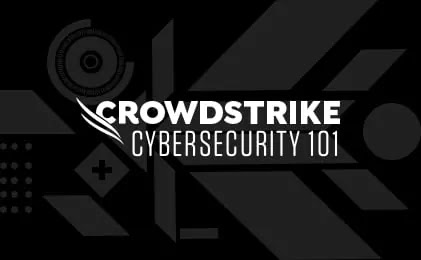In the rapidly evolving landscape of cybersecurity, remote monitoring and management (RMM) play a pivotal role in fortifying digital defenses against an array of threats. As businesses increasingly rely on digital infrastructure, the need for effective RMM solutions becomes paramount in safeguarding sensitive information and ensuring the continuity of operations.
The Fundamentals of Remote Monitoring and Management (RMM)
Remote Monitoring and Management (RMM) is a comprehensive approach to overseeing an organization's IT infrastructure from a remote location. This proactive strategy involves the continuous monitoring of endpoints, networks, and systems to identify potential issues, troubleshoot problems, and apply necessary patches or updates. This not only enhances the overall efficiency of IT operations but also minimizes the risk of cyberattacks and system failures.
The Role of Endpoint Security in RMM
Endpoint Security: A Cornerstone of RMM
Endpoint security is a critical component of RMM, focusing on protecting individual devices such as computers, servers, and mobile devices. By deploying advanced endpoint security solutions, organizations can create a robust defense against malware, ransomware, and other malicious activities that target endpoints. This ensures that each device connected to the network is shielded from potential threats, contributing to the overall resilience of the IT infrastructure.
Also Read:- Inside the Realm of Tommy DeVito's Contract and the Italian Stallion of Sports Agents
- Exciting Showdown: Colorado Avalanche Triumphs Over Calgary Flames
Understanding the Significance of Remote Monitoring
Remote monitoring involves the continuous tracking of various parameters, including system performance, security events, and user activities. This real-time monitoring enables IT professionals to identify anomalies and potential security breaches promptly. By leveraging sophisticated monitoring tools, organizations can gain insights into their network health, proactively address issues, and enhance the overall security posture.
Choosing the Right RMM Solution
Key Considerations in Selecting an RMM Solution
Selecting the right RMM solution is crucial for organizations aiming to fortify their cybersecurity defenses. Factors such as scalability, ease of use, integration capabilities, and the comprehensiveness of monitoring features should be taken into account. Additionally, compatibility with existing IT infrastructure and adherence to industry compliance standards are vital considerations in ensuring the effectiveness of the chosen RMM solution.
Benefits of Implementing RMM in Cybersecurity
Implementing RMM brings forth a myriad of benefits, including:
-
Proactive Issue Resolution: RMM enables the identification and resolution of potential issues before they escalate, reducing downtime and enhancing operational efficiency.
-
Cost Savings: By preventing and addressing issues remotely, organizations can reduce the need for on-site IT support, leading to cost savings.
-
Enhanced Security: Continuous monitoring and management contribute to a proactive cybersecurity stance, protecting sensitive data from evolving threats.
-
Improved Productivity: With a well-implemented RMM solution, IT teams can focus on strategic tasks rather than firefighting routine issues, leading to improved productivity.
Conclusion
So, remote monitoring and management (RMM) serve as indispensable tools in the cybersecurity arsenal of modern organizations. By adopting a proactive approach to IT infrastructure oversight, businesses can bolster their defenses, safeguard sensitive information, and ensure the seamless operation of digital systems. As the cyber threat landscape continues to evolve, the role of RMM in fortifying digital resilience becomes increasingly vital.
Keywords: Remote Monitoring and Management, RMM, Endpoint Security, Cybersecurity, IT Infrastructure, Proactive Monitoring, Cyber Threats, Security Solutions.
Read More:- The Rise of Giants' Quarterback Tommy Devito: From Nicknames to Influencer Rankings
- The Turbulent Times of David Nofoaluma: A Closer Look at the Wests Tigers' Dilemma
Thanks for Visiting Us – FixyaNet.com



0 Comments